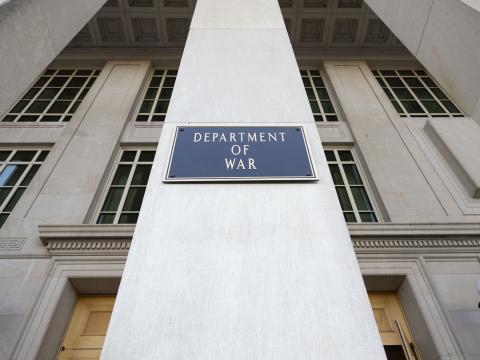A Little Brain Music Goes A Long Way
The U.S. Department of Homeland Security (DHS) is examining an existing biofeedback technology to help first responders work better on long, round-the-clock disaster relief efforts. According to Robert Burns, deputy director of DHS’s Homeland Security Advanced Research Projects Agency (HSARPA), brain music therapy has been in use since the early 1990s and is currently used to treat medical conditions such as insomnia. He explains that the DHS wanted to examine its use in a job-related application.
Long, irregular work shifts can affect first responders’ natural sleep cycles, leading to fatigue and stress. The therapy is designed to sharpen first responders’ reactions during an emergency and to calm them afterward. According to the DHS, the therapy is clinically proven to promote one of two mental states in a person: relaxation for reduced stress and improved sleep, and alertness for enhanced concentration and decision making. The brain therapy is part of the DHS’s Readiness Optimization Program, an overall wellness effort combining nutrition education and neurotraining to improve the performance of first responders and federal agents.
Brain music therapy records a person’s brain waves in active and resting modes. The waves are segregated into different frequencies, and after they are recorded, software algorithms analyze the waves and translate them into a musical composition. The music is created by Human Bionics LLC. Burns says that the relaxation sequence is more sedate, while the activation piece is faster. He adds that every person’s brain wave pattern is unique and creates an individual musical score.
After first responders’ brain waves are recorded and converted into music, they can play the tunes back to themselves to either relax or wake up. Each two- to six-minute musical track is a composition performed on a single instrument, usually a piano. Burns describes a relaxation track as sounding like a subdued Chopin sonata, while an alertness track may sound more like a composition by Mozart. He says that this is a basic bio-feedback mechanism personally designed for the individual user. “It does not change you; it enhances your own natural signals,” he says.
After a person’s brain waves are converted into musical scores, that individual is assigned a listening schedule. For example, if a person normally goes to sleep at 10:00 p.m., the Brain Music Therapy could be used to counter jet lag from overseas travel and help a person readjust. “We would use that for both an alert to bring you back up to speed instead of having coffee, or to relax you when it’s time to sleep to help you adjust to those cycles,” Burns explains.
The DHS tested the therapy last summer on a group of firefighters. The results are being analyzed, but Burns says the data is promising. The test examined the combination of improved sleep cycles and alertness and mood stabilization. He notes that in medical applications the therapy has seen an 80 to 89 percent improvement ratio. Regarding the first responders in the test, he says that there was statistically significant improvement in all of these factors. “There is no negative downside that we have seen. It either works or it doesn’t, but it doesn’t cause any additional harm,” he says.
Click here to listen to a sample of the music.




Comments